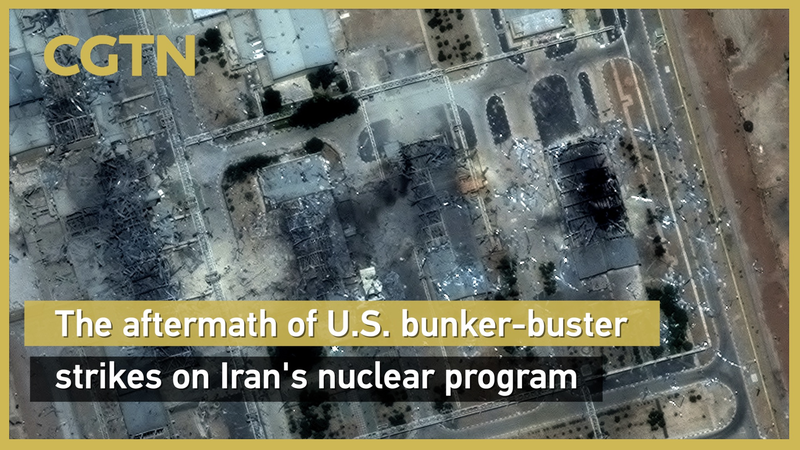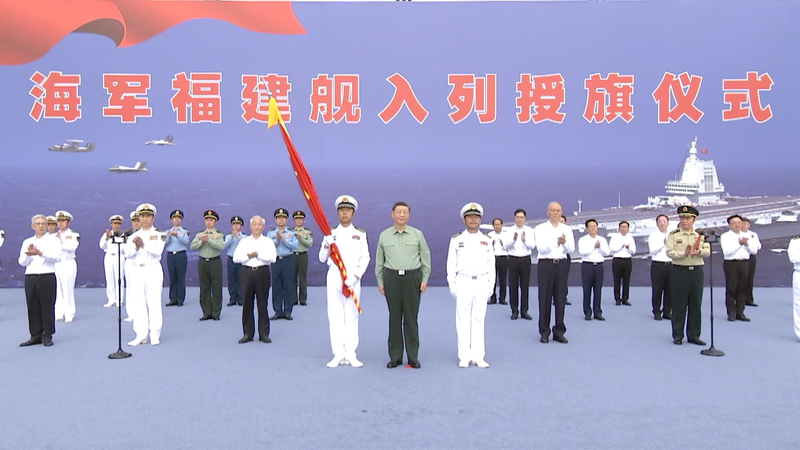In early March, U.S. forces deployed GBU-57 Massive Ordnance Penetrator bombs against three buried Iranian nuclear facilities, aiming to dismantle deep enrichment shafts.
Satellite imagery in the aftermath paints a mixed picture: some analysts highlight collapsed access tunnels while independent experts warn deep-hardened shafts may have blunted the impact, shielding key centrifuge halls.
U.S. officials insist the strikes crippled vital enrichment infrastructure without civilian harm. However, opposition lawmakers in Washington challenge the operation's legality, sparking heated debates on executive military authority.
Across the U.S., cities from New York to San Francisco and Washington, D.C., have seen anti-war protests, reflecting growing unease among young global citizens who demand transparency and restraint.
This incident underscores how modern warfare and data-driven insights collide. As satellite monitoring, expert analysis, and civic activism converge, young audiences worldwide are shaping the debate on security, technology, and accountability.
Reference(s):
The aftermath of U.S. bunker-buster strikes on Iran's nuclear program
cgtn.com




